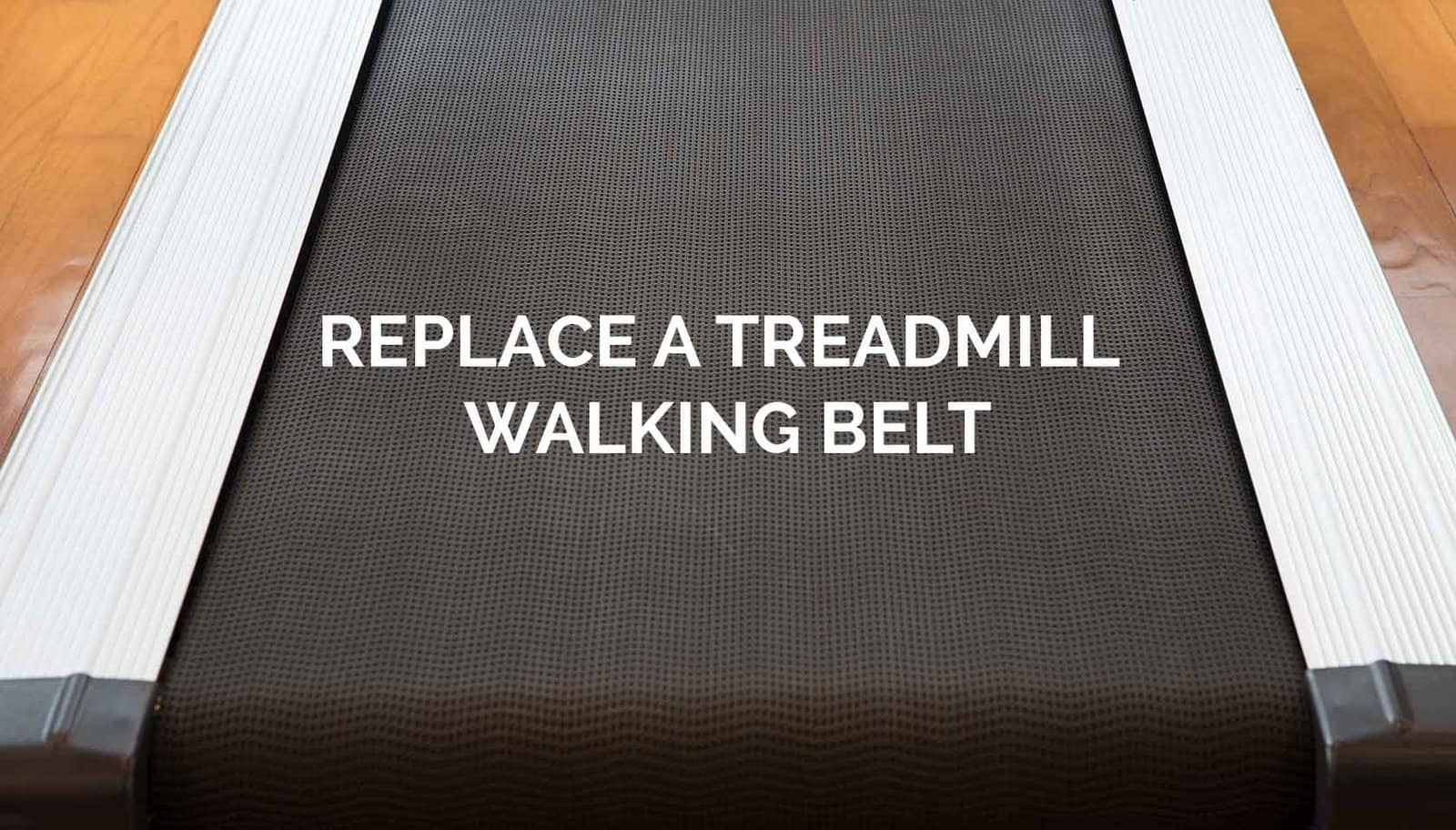Are you feeling like your treadmill is lagging or getting complaints from others about your equipment’s quality?
It might be time to take matters into your own hands. Start by assessing your treadmill yourself and calling in professionals to help when you need proper repairs.
Continue reading to figure out how to inspect your treadmill belt and discern what to do next.
Pay Attention to Your Treadmill
Whether you have a private treadmill or you maintain a gym, always pay attention to your treadmill.
Treadmill accidents happen often due to faulty treadmills or broken treadmill belts. Always keep an eye on your treadmill and how it’s functioning to avoid potential accidents or fatalities.
Keeping your gym equipment safe and running is key to keeping you and your customers happy and healthy. If you’re noticing something going wrong with your treadmill, take action now and figure out what you need to do to fix it.
Listen to Customer Complaints
If you operate a gym, take advantage of the benefit of customer complaints.
Sure, they may seem disheartening and sometimes unnecessary, but most of the time, customer complaints will help you stay on top of how your equipment is working.
Change your perspective on customer complaints and use them for good–if they tell you a piece of equipment seems to be broken or lagging, make sure to take a look at it as soon as you can to assess the machine’s progress.
Rely on your customer’s words, as most of the time you’ll find that it helps you maintain and keep your gym safe.
The same goes for your home gym; if you notice something strange with your treadmill or other gym equipment, you need to make sure you inspect it and fix it quickly to avoid injuries.
Inspect Your Treadmill if Possible
Your treadmill belt gets a lot of use, so if you feel it starting to act up, it likely means that it’s nearing its end.
If you’re getting complaints or noticing a faulty treadmill yourself, take it upon yourself to quickly inspect the treadmill. This way you can start by assessing the damage and figuring out your next steps.
To inspect your treadmill yourself, simply turn on the treadmill to its lowest setting and watch it run. If the belt is curling or tearing at the edges, this is a sign of a well-worn belt. You’ll also need to check the seam of your treadmill belt, as this can also be a source of a problem with your treadmill’s efficiency.
After visually inspecting your treadmill, you’ll be able to determine what to do next. If your belt seems fine or only mildly worn, but your treadmill still seems to act up, it might be due to an underlying issue that you can’t see.
This might mean that you’ll need to do some more work underneath your treadmill. If you’re not able to, this is the time to call in the professionals.
Make Sure Your Treadmill Belt Isn’t Slipping
When a treadmill belt gets everyday use from multiple people, it can start to slip off of its base.
This is harmful to you and the treadmill, as a slipped belt results in an uneven surface and the risk of snapping.
Turn your treadmill off and lift the belt up. You should notice several inches of room between the belt and the deck. If there’s too much room and the belt is slipping, tighten the screws with a wrench.
Do this evenly on each side until the belt is safely and securely tightened against the treadmill deck. This should return your treadmill to a normal feeling and should relieve the risk of an injury while in use.
Keep the Treadmill Belt Lubricated
Run your hand under the deck of your treadmill–it should feel slightly greasy. This is due to the necessary lubrication your treadmill belt needs to run smoothly.
If your treadmill’s wax has dried out, the belt will have a hard time rotating safely. Too much friction can cause lots of damage, including grooves or scratches on the inside of the belt.
You can inspect your treadmill for proper lubrication by lifting up the belt, however, if you see that you can’t get close enough to truly examine the lubrication, call a professional to assess it, and have them re-lubricate your treadmill belt.
Ensure the Belt Isn’t Frayed or Torn
If you inspect your treadmill’s belt and you notice fraying or tearing, it could be dangerous. Run your hand underneath the treadmill belt to check for fraying and discoloration.
A discolored belt will appear dark and smooth, which is harmful to those walking or running on the treadmill. Your treadmill needs traction and lubrication in order to work properly.
If you see any of these issues in your treadmill belt, it’s definitely time to replace it. Ensuring that your treadmill is safe for use is crucial when operating a gym or maintaining equipment properly.
Consider Flipping the Treadmill’s Deck
Your treadmill might be experiencing issues with either the belt, the deck, or both. If you’ve inspected every inch of your treadmill belt but are still having trouble making it run properly, it could be due to a faulty deck.
As long as your treadmill deck is not cracked or damaged, you might consider flipping the deck to give your treadmill more longevity.
However, flipping a treadmill deck can be very dangerous if not done properly. As with having your treadmill belt professionally replaced, you should have a professional help you flip your treadmill’s deck to avoid possible complications or injuries.
Have a Professional Replace Your Treadmill Belt
Hiring a treadmill repair service is the best way to go when replacing your treadmill belt. It can be extremely dangerous to try to repair or replace your treadmill belt by yourself with no experience.
Make sure you have a treadmill repair company assess your treadmill’s belt and deck to ensure it’s up and running before having it be used again. Keeping your fitness equipment up to date will help increase your business’s reputation and keep you and your customers safe.
Maintaining Your Treadmill
When it comes to maintaining your gym equipment, it’s important to do it safely and professionally.
If you see an issue with your treadmill belt or other pieces of equipment, make sure you consult a reputable treadmill repair service right away.












